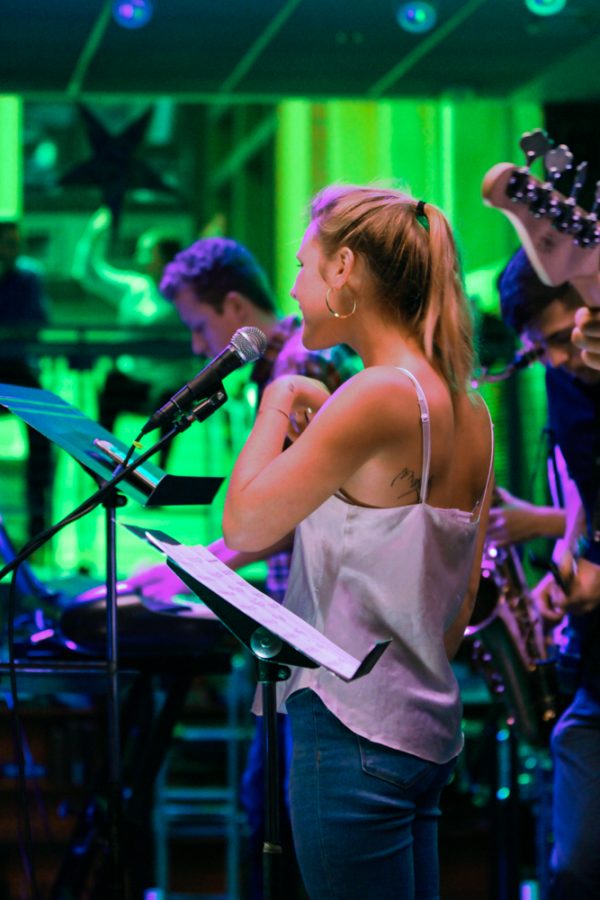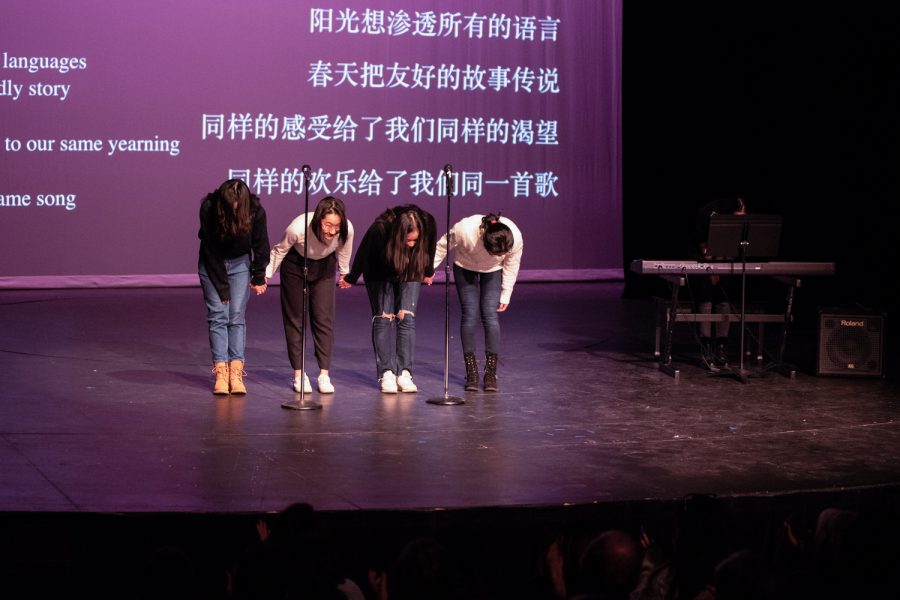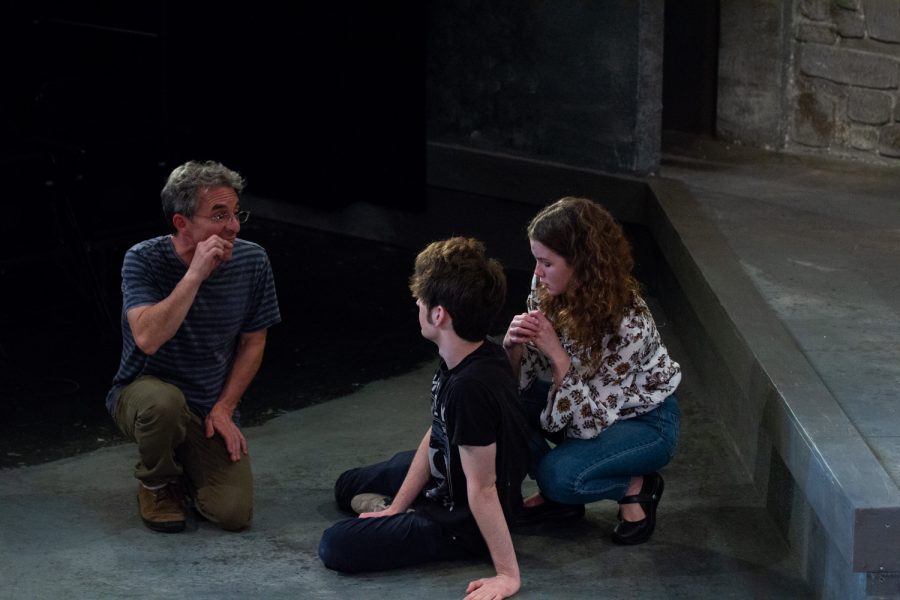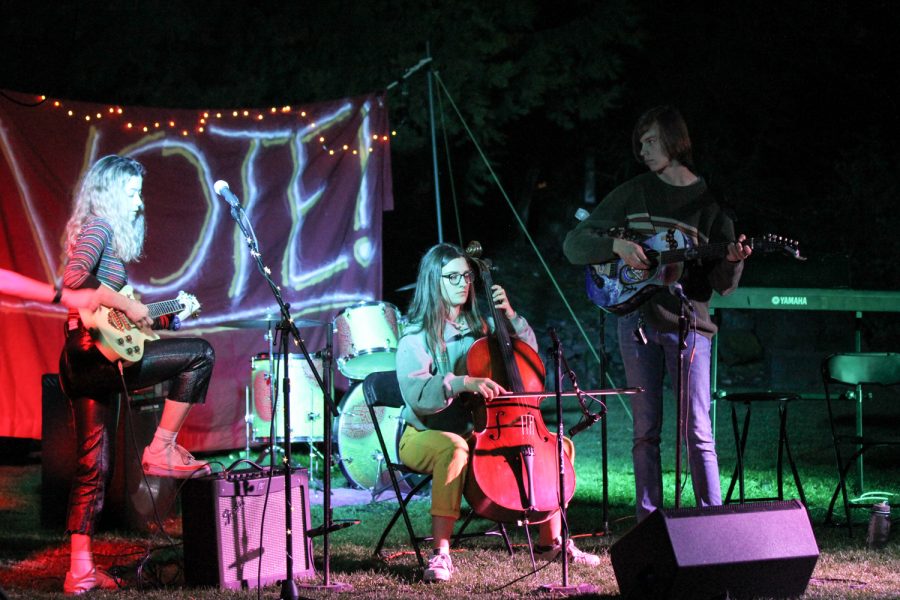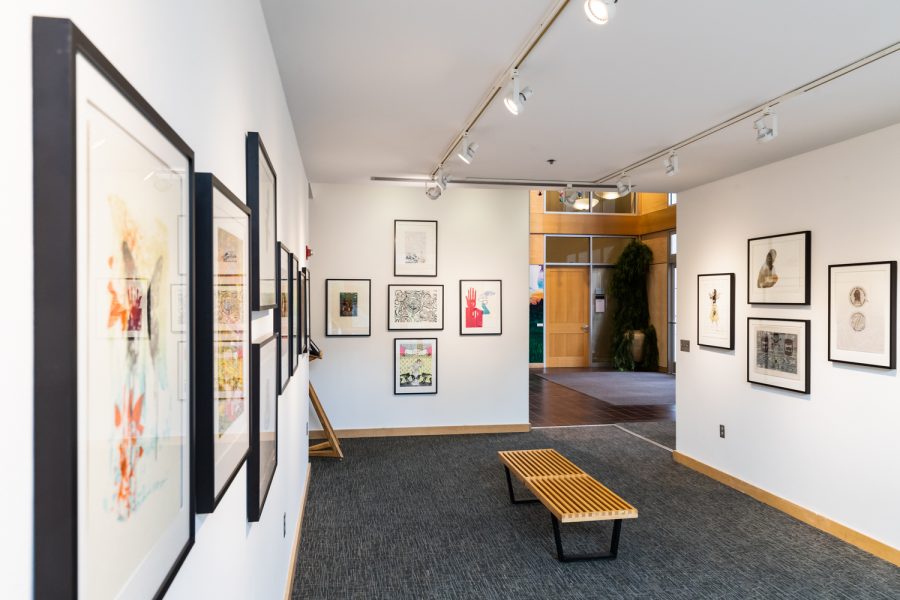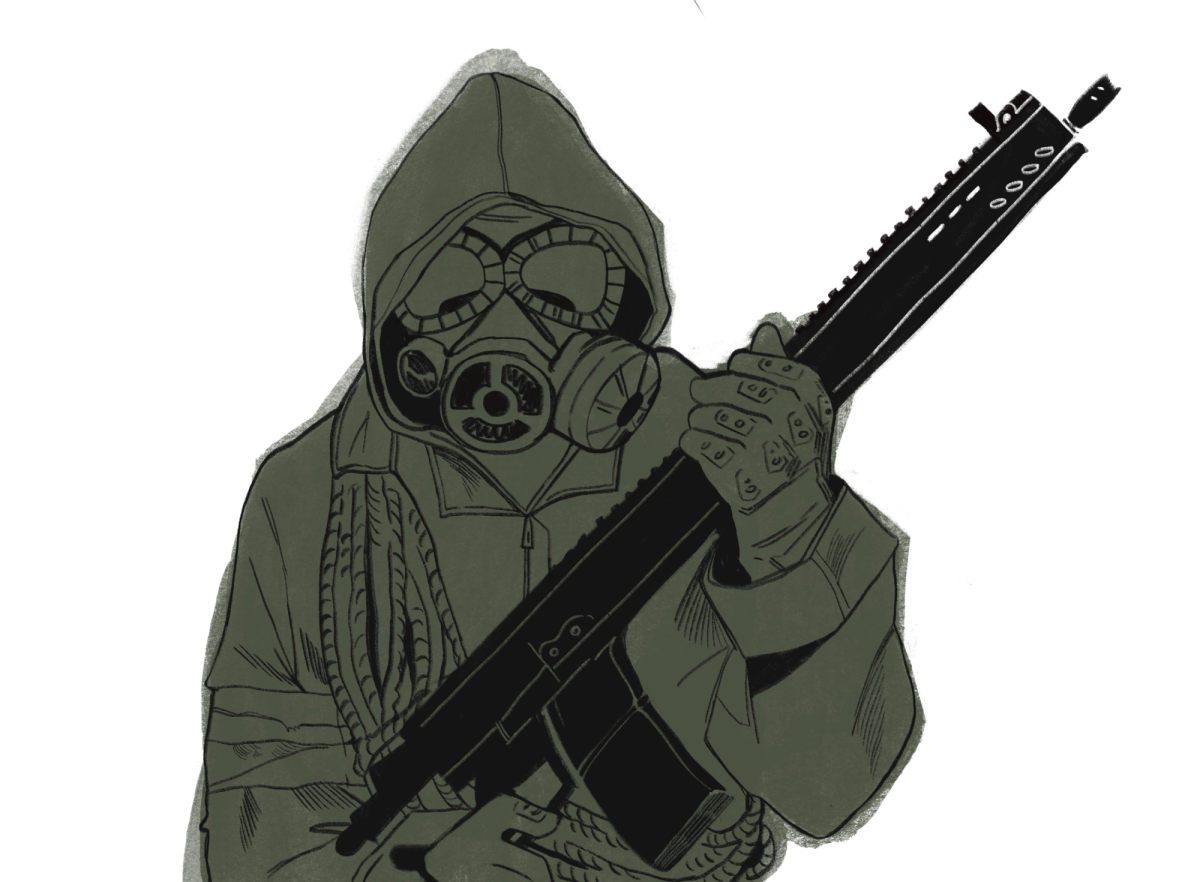
Each year, the senior art majors at Whitman College each produce an art project as the culmination of his or her focus throughout senior year, which is then exhibited at galleries on campus. This year there are 17 seniors who have decided to experiment outside their usual media to engage with a diverse range of ideas and materials to present to the public.
This year, the senior theses are being overseen by Assistant Professor of Art Richard Martinez, who is enthusiastic about this year’s crop of seniors.
“This year we have a particularly strong group of seniors,” said Martinez. “They have a solid balance between technical skill and thought-provoking work. We have students working in a broad range of media this year.”
The mediums used include charcoal, painting, digital media, clay and sculpture, among others. Martinez notes that the thesis is important for the development of the students as artists with personal visions and styles.
“It is the culmination of a lot of hard work both in terms of making art and considering theoretical issues and how their work functions within a larger world culture,” said Martinez. “Art at this level becomes about both formal concerns (materials, form, process) and intellectual ones as well, like how we read meaning in the art in relationship to broader cultural ideas.”
One senior working on her thesis is Becca Gotz, whose project is a room-consuming installation piece using the mediums of digital photography and photo manipulation. The thesis has allowed her to work with materials both familiar and new.
“Photography became my passion a couple of years ago, but photo manipulation is still pretty new to me,” she said.
As with the creation of all art, the senior thesis brings stress and challenges with it.
“The biggest challenge is trying to figure out which ideas to run with and which to let go,” said Gotz. “You have so many in your head, it’s tough to figure out what will ultimately be the most successful.”

Natalie Stevens is another senior working on her thesis. Her concentration is in book arts, but she is using the thesis as a chance to get outside her comfort zone and address issues she cares about.
“I am using some elements from my concentration, but primarily my work is digitally manipulated and photographic,” said Stevens. “I am working in an unfamiliar medium because the themes of my work are addressing digital identity, and I formally wanted my concept and medium to work together.”
Stevens also struggled to find a direction for her thesis. She had trouble reconciling her artistic concepts into satisfying visual representation.
“Eventually, I let go of this preconceived notion that my ideas and interests would have recognizable and translatable visual forms,” said Stevens. “This is when my work evolved into the confrontational, digital, feminist work that I am doing currently. I feel accomplished in my ability to recognize that the way I thought my thesis would be wasn’t working, and for taking the risk I did creating my current work.”
Galen Sollom-Brotherton is another senior working outside of his usual medium. His thesis is an installation in the gallery which involves painting on the walls and clay slip on the floor.
“I had never even tried to paint until the beginning of this year,” said Sollom-Brotherton. “My concentration is in ceramics, and I also worked in sculpture and new genre. However, working with unfired clay has been both taxing and rewarding, as it can be a fickle material.”
Other artists, such as Kaity Curry, will attempt to involve and engage the audience in her thesis.

“My thesis project consists of a line of stickers, coloring books and wall decals of my own design,” said Curry. “The designs are stark, graphic cartoons of human-animal hybrids interacting with each other. People visiting the gallery will be encouraged to take stickers and coloring books home with them as well as to add color, lines and words to a collective coloring book that will remain on display at the gallery.”
And of course the thesis is not just a product––it’s a process with learning opportunities along the way.
“My thesis process has improved my drawing and design skills, my ability to think non-linearly and metaphorically, my oration, inter-personal communication and writing,” said Curry. “I feel very confident that I have been prepared, in great part by the thesis experience, to converse intelligently and honestly about art with other artists as well as with outsiders to the art world, and to create work that contributes to a greater dialogue.”
Erika Zinser, another senior, is going to be an animation artist for a studio after she graduates.
“My thesis project consists of a series of drawings that illustrate 150 things that I am ashamed and afraid of telling people I like,” said Zinser. “The images are drawn in a cartoonist style, depicting my main artistic influence, which is animation.”
Zinser’s thesis contains familiar elements for her, as well as experimentation. She used charcoal as the medium for the drawings, which she has used many times before, but the technique in which she drew them was different. “Most of my work has always been carefully planned and thought of, leaving almost no room for regrets,” said Erika. “In this piece, I purposely decided to be spontaneous and let my hand draw, not my head.”
Gotz also noted the other duties that are helping to prepare her for her future as an artist.
“You have to create a proposal, figure out your spacing and work with a strict deadline,” said Gotz. “You also have to communicate a lot with those who run the gallery. You can’t really just show up, hang a photo and call it good.”
But ultimately, the students believe all of the hard work will pay off.
“At the end, when the show opens, I think we will all feel a sense of accomplishment,” said Sollom-Brotherton.
The work of the Class of 2014 Senior Thesis Exhibit will be on view at the Sheehan Gallery and the Fouts Center for Visual Arts Gallery, with an opening reception at 6 p.m. on April 25, which is open to all. The exhibit will run through May 25.





